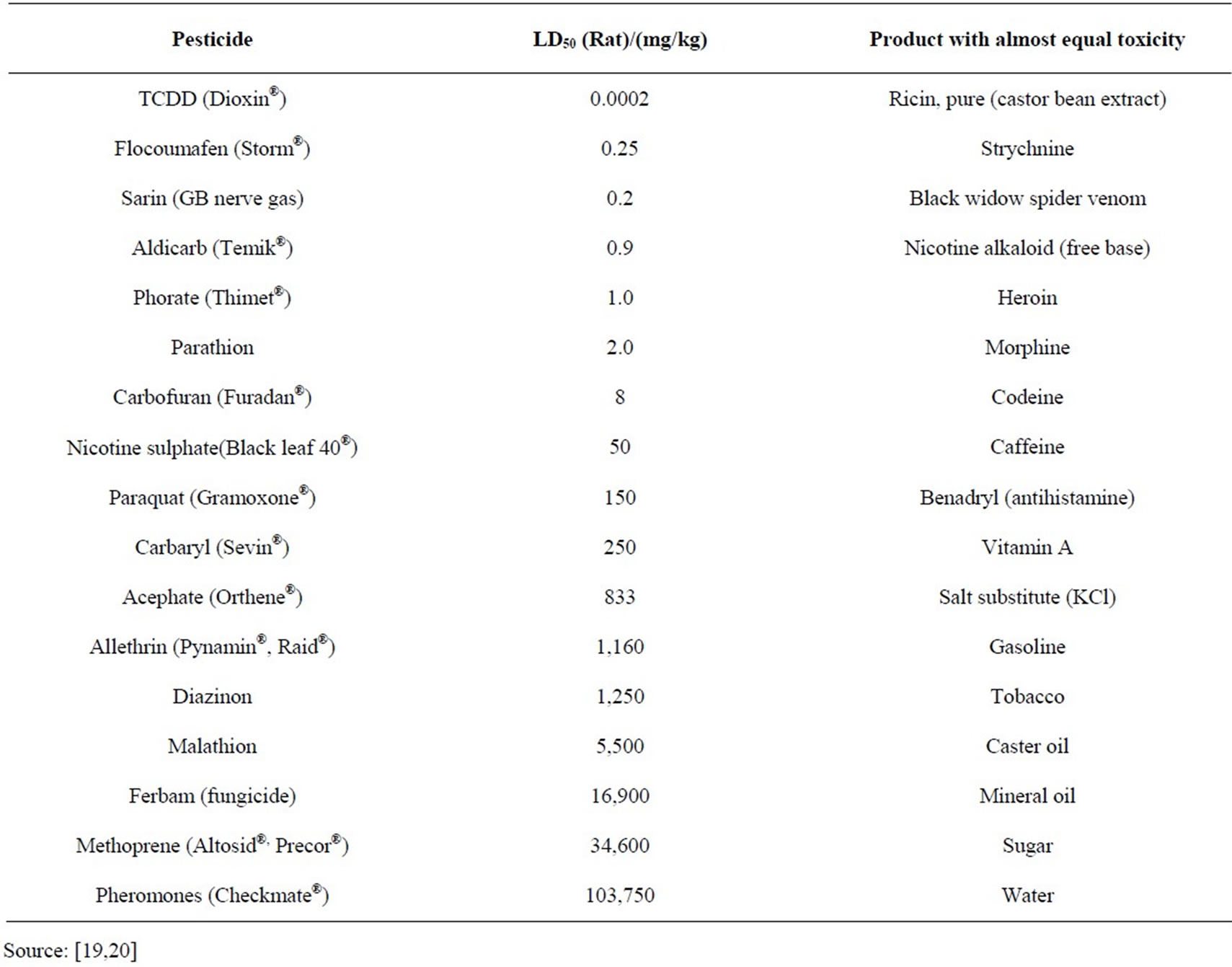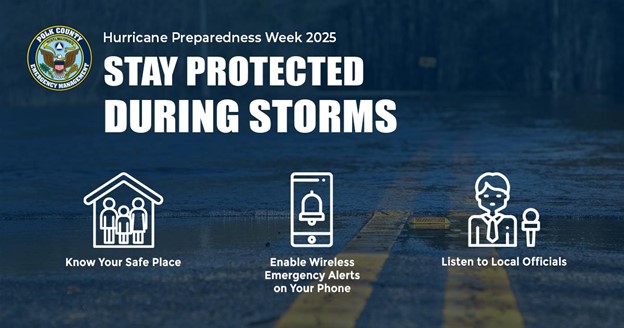Report on Stalled Federal Funding for Colorado River Basin Water Projects
Executive Summary
A suspension of federally allocated funds is impeding the progress of critical water conservation and ecosystem restoration projects in the Colorado River Basin. Despite initial awards from the Bureau of Reclamation, a subsequent administrative freeze has halted $140 million in funding for 15 Colorado-based projects. This delay directly undermines efforts to achieve several United Nations Sustainable Development Goals (SDGs), particularly those related to water security, climate action, and biodiversity. Colorado’s congressional delegation has formally requested the immediate release of these funds to ensure the environmental resilience of the entire basin.
Funding Allocation and Administrative Suspension
Origin of Funds
The projects were awarded over $150 million in “Bucket 2” funding, designated for public entities engaged in ecosystem restoration. This financial support was provisioned through the 2022 Inflation Reduction Act, which allocated $4 billion for drought mitigation efforts. The Bureau of Reclamation administered the awards.
Suspension of Funds
Following a change in administration, a review of federal spending resulted in a freeze on the awarded funds. Consequently, 15 projects are now stalled, with $140 million in promised funding withheld. This has left urgent initiatives aimed at improving drought resilience and restoring habitats without financial support.
Impact on Sustainable Development Goals (SDGs)
SDG 6: Clean Water and Sanitation
The stalled projects are fundamental to advancing SDG 6. Their primary objective is to mitigate a 25-year drought period through enhanced water conservation and management. The funding freeze directly obstructs progress toward ensuring the availability and sustainable management of water for the region.
SDG 13, 14, and 15: Climate Action, Life Below Water, and Life on Land
The initiatives are designed to bolster climate resilience (SDG 13) and protect vital ecosystems. Project goals explicitly align with the conservation of aquatic and terrestrial life:
- SDG 14 (Life Below Water): Projects include aquatic ecosystem restoration and the removal of non-native species, which are critical for maintaining the health of the Colorado River’s aquatic habitats.
- SDG 15 (Life on Land): The broader habitat restoration efforts support the terrestrial ecosystems that depend on the river basin, contributing to the protection of biodiversity on land.
SDG 17: Partnerships for the Goals
The collaborative nature of these projects exemplifies SDG 17. One major initiative, led by the Southwestern Water Conservation and Infrastructure Partnership, involves a coalition of 37 local entities. Furthermore, the bipartisan letter from Colorado’s congressional delegation to the Department of the Interior and the Bureau of Reclamation highlights a multi-stakeholder approach to addressing the crisis.
Project Details and Stakeholder Actions
Case Study: Southwestern Water Conservation Project
A significant project impacted by the freeze is a collaborative effort in Southwest Colorado, which was awarded $25.6 million. The project’s objectives include:
- Drought mitigation through ecosystem restoration
- Removal of non-native species
- Implementation of water conservation activities across six subbasins
The lead entity, the Southwestern Water Conservation District, has received no official communication regarding the contract since the initial award letter.
Congressional Intervention and Partially Funded Projects
In response to the freeze, Colorado’s congressional delegation signed a bipartisan letter urging federal agencies to obligate the remaining $140 million. The letter emphasizes the importance of the projects for the resilience of the entire Colorado River Basin. To date, only two of the original 17 projects have been approved to move forward:
- Orchard Mesa Irrigation District: Awarded $10.5 million to convert open canals into pressurized pipelines to improve water delivery efficiency.
- Orchard Mesa and Grand Valley Project: Awarded $1.5 million to install metering and monitoring systems for enhanced water management.
Conclusion and Outlook
The suspension of federal funding places significant strain on Colorado’s ability to address the ongoing water crisis and meet key Sustainable Development Goals. While stakeholders continue to advocate for the release of funds, project leaders are considering alternative private funding sources. The timely implementation of these water conservation and habitat restoration projects remains critical for the long-term environmental health and drought resilience of the Colorado River Basin.
SDGs Addressed in the Article
SDG 6: Clean Water and Sanitation
The article’s central theme is the water crisis in the Colorado River Basin, directly aligning with SDG 6. It discusses dwindling water levels, the need for water conservation, and projects to improve water management and efficiency, all of which are core components of ensuring the availability and sustainable management of water.
SDG 13: Climate Action
The article explicitly links the water crisis to a “25-year drought period,” a significant climate-related hazard. The projects discussed are described as “drought mitigation” and aim to improve “drought resiliency,” which connects directly to SDG 13’s goal of strengthening resilience and adaptive capacity to climate-related disasters.
SDG 15: Life on Land
The article highlights that the stalled projects are not just about water supply but also about environmental health. It repeatedly mentions goals such as “ecosystem restoration,” “aquatic ecosystem restoration,” “habitat restoration,” and “non-native species removal.” These activities are fundamental to SDG 15, which focuses on protecting, restoring, and promoting the sustainable use of terrestrial and freshwater ecosystems.
SDG 17: Partnerships for the Goals
The entire issue revolves around the mechanisms for implementing solutions, which is the focus of SDG 17. The article details a breakdown in the partnership between federal and local entities, with “frozen federal funding” stalling projects. It also highlights the importance of multi-stakeholder collaborations, such as the “Southwestern Water Conservation and Infrastructure Partnership – a collaborative of 37 local entities,” and the advocacy from “Colorado’s congressional delegation.”
Specific SDG Targets Identified
SDG 6: Clean Water and Sanitation
-
Target 6.4: By 2030, substantially increase water-use efficiency across all sectors and ensure sustainable withdrawals and supply of freshwater to address water scarcity.
This target is relevant because the article describes projects specifically designed to improve water management. For instance, the Orchard Mesa Irrigation District project aims to “build open canals into pressurized pipelines, improving water delivery efficiency.”
-
Target 6.5: By 2030, implement integrated water resources management at all levels, including through transboundary cooperation as appropriate.
The article mentions the “Southwestern Water Conservation and Infrastructure Partnership – a collaborative of 37 local entities,” which exemplifies an effort towards integrated water resources management at a regional level to address the crisis in the larger Colorado River Basin.
-
Target 6.6: By 2020, protect and restore water-related ecosystems…
Although the 2020 deadline has passed, the activities described in the article are directly aligned with this target’s intent. The projects’ goals explicitly include “drought mitigation through aquatic ecosystem restoration” and supporting “ecosystem and habitat restoration across six subbasins in Southwest Colorado.”
SDG 13: Climate Action
-
Target 13.1: Strengthen resilience and adaptive capacity to climate-related hazards and natural disasters in all countries.
The article identifies the “25-year drought period” as the primary driver for the water projects. The stated purpose of these projects is “drought mitigation” and to “improve drought resiliency,” which directly corresponds to strengthening adaptive capacity to the climate-related hazard of drought.
SDG 15: Life on Land
-
Target 15.1: By 2020, ensure the conservation, restoration and sustainable use of terrestrial and inland freshwater ecosystems and their services…
This target is addressed by the project goals, which include “ecosystem and habitat restoration” and “aquatic ecosystem restoration.” These actions are aimed at restoring the health of the inland freshwater ecosystems of the Colorado River Basin.
-
Target 15.8: By 2020, introduce measures to prevent the introduction and significantly reduce the impact of invasive alien species on land and water ecosystems…
One of the specific goals of the Southwestern Water Conservation District’s project is “non-native species removal,” which is a direct measure to control the impact of invasive species on the region’s aquatic ecosystems.
SDG 17: Partnerships for the Goals
-
Target 17.3: Mobilize additional financial resources… from multiple sources.
The article is centered on the issue of funding. The “frozen federal funding” of “$140 million” from the Inflation Reduction Act is a clear example of the financial resources needed for these projects. The mention that the collaborative might have to “turn to private sources of funding” also relates to mobilizing resources from multiple sources.
-
Target 17.17: Encourage and promote effective public, public-private and civil society partnerships…
The article showcases both the potential and the challenges of such partnerships. The “Southwestern Water Conservation and Infrastructure Partnership” is a public-civil society partnership, and the conflict between the congressional delegation and the executive branch (Department of the Interior) highlights the need for effective public-public partnerships to achieve sustainability goals.
Indicators for Measuring Progress
SDG 6: Clean Water and Sanitation
- Implied Indicator for Target 6.4: Change in water-use efficiency. This can be measured by the progress of projects like the conversion of “open canals into pressurized pipelines” and the installation of “metering and monitoring systems” to enhance water management.
- Implied Indicator for Target 6.6: Extent of water-related ecosystems under restoration. The article mentions projects for “aquatic ecosystem restoration” across “six subbasins,” providing a geographic scope that can be used to measure progress.
SDG 13: Climate Action
- Implied Indicator for Target 13.1: Number of implemented drought mitigation projects. The article provides a baseline by stating that “15 projects have since been stalled.” Progress could be measured by the number of these projects that get funded and completed.
SDG 15: Life on Land
- Implied Indicator for Target 15.1: Area of freshwater ecosystems restored. The projects’ goals of “ecosystem and habitat restoration” imply that progress can be measured by the total area of land and water bodies restored.
- Implied Indicator for Target 15.8: Progress in controlling invasive species. The stated activity of “non-native species removal” can be tracked by measuring the area cleared or the reduction in the population of these species.
SDG 17: Partnerships for the Goals
- Direct Indicator for Target 17.3: Amount of funding mobilized and released. The article explicitly states that “$140 million in promised funding” has been frozen. The release of these funds is a direct and quantifiable indicator of progress.
SDGs, Targets, and Indicators Analysis
| SDGs | Targets | Indicators Identified in the Article |
|---|---|---|
| SDG 6: Clean Water and Sanitation | 6.4: Increase water-use efficiency and address water scarcity. 6.6: Protect and restore water-related ecosystems. |
– Improvement in water delivery efficiency via conversion of open canals to pressurized pipelines. – Extent of “aquatic ecosystem restoration” across six subbasins. |
| SDG 13: Climate Action | 13.1: Strengthen resilience and adaptive capacity to climate-related hazards. | – Number of “drought mitigation” projects implemented to improve “drought resiliency.” The article notes 15 are stalled. |
| SDG 15: Life on Land | 15.1: Conserve and restore terrestrial and inland freshwater ecosystems. 15.8: Reduce the impact of invasive alien species. |
– Progress on “ecosystem and habitat restoration” projects. – Implementation of “non-native species removal” activities. |
| SDG 17: Partnerships for the Goals | 17.3: Mobilize financial resources. 17.17: Encourage effective partnerships. |
– Amount of funding released (specifically the “$140 million” currently frozen). – Functioning of multi-stakeholder groups like the “Southwestern Water Conservation and Infrastructure Partnership.” |
Source: durangoherald.com







